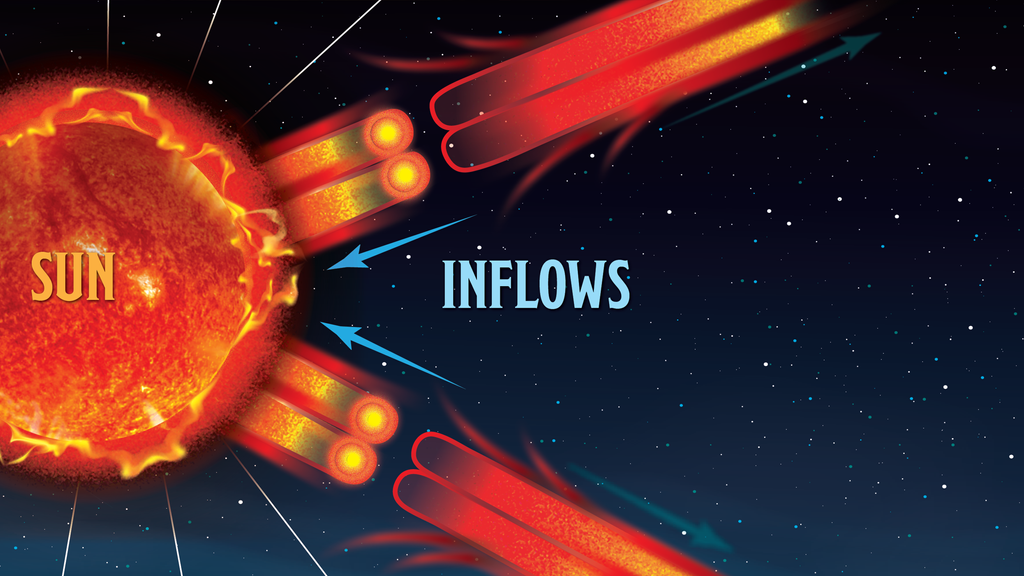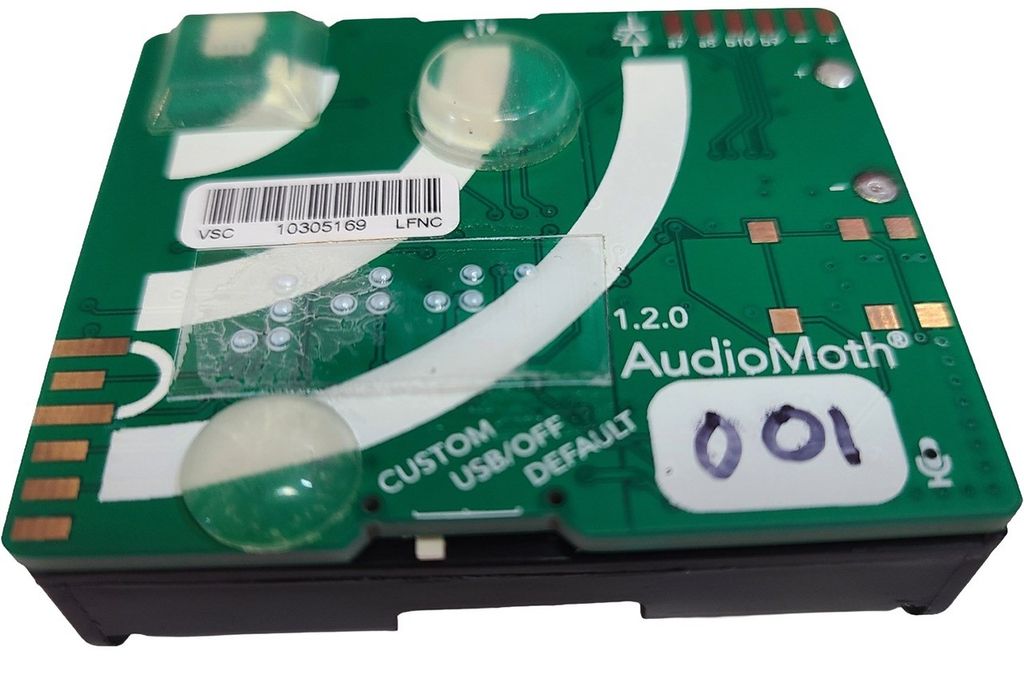Meteorological Measurement System
T. Paul Bui
NASA Ames Earth Science Division
The Meteorological Measurement System (MMS) is a PI-led airborne instrument that provides calibrated, science quality, in situ state measurements of static pressure, static temperature, and three-dimension wind. Accurate measurements of these quantities require judicious choices of sensor lacations, repeated laboratory & flight calibrations, proper corrections for compressibility, adiabatic heating and flow distortion.
Primary Products 1-20 Hz Typical value Precision Accuracy
Pressure ~ 60 mb ± 0.003 mb ± 0.3 mb ~ 0.5%
Temperature ~180 K ± 0.05 K ± 0.3 k ~ 0.2%
Horizontal Wind ~ 30 m s-1 ± 0.1 m s-1 ±1 m s-1 ~3.3%
Vertical Wind < 1 m s-1 ± 0.05 m s-1 ± 0.3 m s-1
Derived Parameter:
Potential Temperature, True-Air-Speed, Turbulence Dissipation Rate, Reynolds Number
Measured Parameters:
GPS Positions, Velocities, Accelerations, Pitch, Roll, Heading, Angle-of-Attack, Angle-of-Sideslip, Dynamic Total Pressures, Total Temperatures
Integrated Platforms: ER-2, DC-8, WB-57F, GLOBAL HAWK, SIERRA UAV, ALPHAjet
- 1987 STEP Stratospheric-Tropospheric Exchange Project.
- 1987 AAOE Airborne Antarctic Ozone Experiment.
- 1989 AASE Airborne Arctic Stratospheric Expedition.
- 1991-92 AASE-II .
- 1992-93 SPADE Stratospheric Photochemistry, Aerosols and Dynamics Experiment.
- 1994 ASHOE/MAESA combined mission of Airborne Southern Hemispheric Ozone Experiment and Measurements for Assessing the Effects of Stratospheric Aircraft.
- 1995-1996 STRAT Stratospheric TRacers of Atmospheric Transport.
- 1996 SUCCESS SUbsonic aircraft Contrail & Clouds Effects Special Study.
- 1997 POLARIS Photochemistry of Ozone Loss in the Artic Region In Summer.
- 1997 SONEX SASS(Subsonic Assessment) Ozone and NOx EXperiment.
- 1998 CAMEX3 Third Convection And Moisture EXperiment.
- 1999 SOLVE SAGEIII Ozone Loss and Validation Experiment.
- 2001 CAMEX4 Forth Convection And Moisture EXperiment.
- 2002 CRYSTAL-FACE Cirrus Regional Study of Tropical Anvils and Cirrus Layers-Forida Area Cirrus Experiment.
- 2004 MidCix Middle Latitude Cirrus Experiment.
- 2005 AVE Houston Aura Validation Experiment.
- 2006 CR-AVE Costa Rica Aura Validation Experiment.
- 2006 NAMMA NASA African Monsoon Multidisciplinary Analyses.
- 2007 TC4 Tropical Composition, Cloud and Climate Coupling.
- 2008 NOVICE The Newly-Operating and Validated Instruments Comparison Experiment.
- 2009 CASIE Characterization of Arctic Sea Ice Experiment.
- 2010 GloPac Global Hawk Pacific.
- 2010 GRIP The Genesis and Rapid Intensification Processes.
- 2011 MACPEX The Mid-latitude Airborne Cirrus Properties EXperiment.
- 2011 RRV Railroad Valley Greenhouse Gas Project.
- 2011-2014 ATTREX Airborne Tropical Tropopause EXperiment.
- 2012-2013 SEAC4RS/DC3 Southeast Asia Composition, Cloud, Climate Coupling Regional Study.
- 2013 AJAX Alpha Jet Atmospheric eXperiment.

























